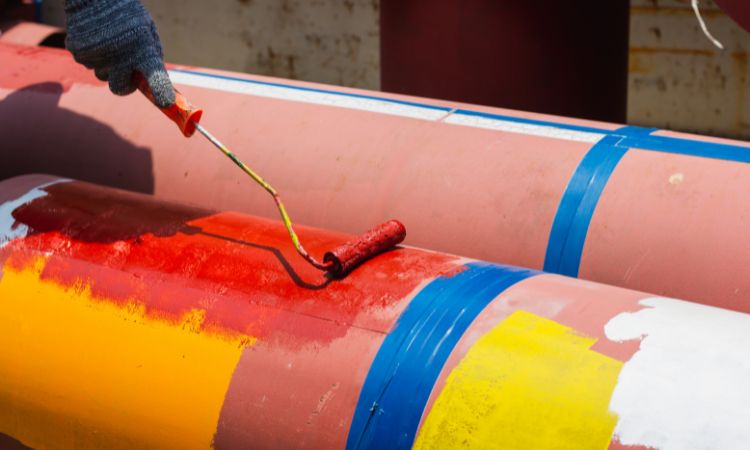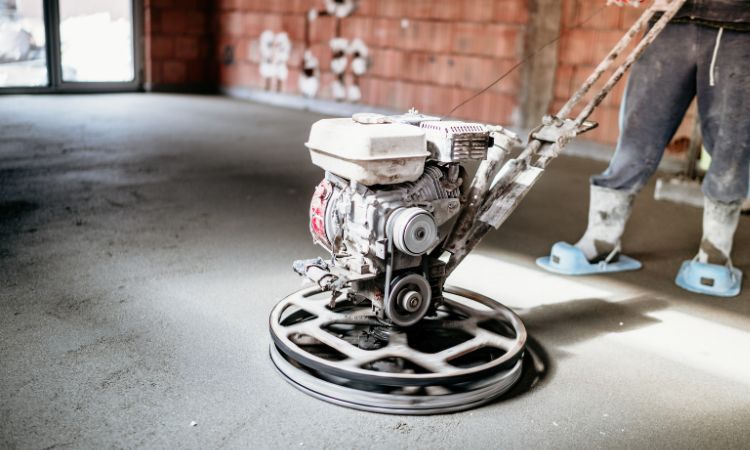The wrist is a common location of injury among athletes, and this figure may underestimate the true incidence of sports-related injuries. Wrist pain, whether experienced by a professional athlete or a recreational exerciser, can have a substantial impact on both performance and quality of life.
Wrist discomfort from a sports injury can be properly treated and managed with the proper strategy and therapy. Pregalin m 75mg is a muscle relaxant that can help persons with severe wrist discomfort. Several treatments that have showed potential for treating wrist pain after a sports injury are listed below.
Rest and immobilisation.
If you’re having wrist discomfort as a result of a sports injury, immobilising the area and resting it is a helpful first step towards recovery. Elevating the wrist not only prevents future injury, but also helps the body to begin the healing process. An injured wrist can be immobilised in a variety of methods, including wearing a brace or splint, which supports the joint and relieves pressure on the affected tissues.
Cold Therapy
Cold therapy can help relieve pain, edoema, and inflammation in an injured wrist. Professionals advocate using a therapeutic method that includes using a cooled compress (i.e., an ice pack) that has been properly covered with a towel.
This method should be repeated numerous times throughout the day, with each application lasting about 15-20 minutes. To avoid frostbite or other skin damage, try to wait at least a short time between treatments. Cold treatment has the ability to reduce acute pain and speed up recovery.
Pain Medications:
Over-the-counter nonsteroidal anti-inflammatory drugs (NSAIDs) may provide brief relief for wrist pain. Inflammation and pain can be addressed with the same drug, such as ibuprofen or aspirin. However, before taking any medication, see a healthcare practitioner or a chemist to check that the correct quantity has been administered and to discuss any potential drug interactions or contraindications.
Physical Therapy
If you are experiencing wrist pain as a result of a sports injury, you should consult a physical therapist. A therapist will diagnose the damage, develop a personalised treatment plan, and prescribe specific exercises to help you regain mobility and strength in your wrist. They may also use treatment methods such as ultrasound, thermal therapy, or electrical stimulation to accelerate healing.
Neuropathic pain
Nerve damage in the wrist can occasionally cause neuropathic pain that spreads throughout the hand. Lyrica 150mg is effective in treating neuropathic pain, therefore your doctor may prescribe it if you are suffering from this type of discomfort. Before taking any prescription drug, contact with a medical professional to determine the proper dosage and frequency of administration.
Pain relievers
For patients suffering from severe wrist pain, expert medical therapy may involve the use of muscle relaxants such as Pain O Soma or Prosoma 500. These medications have the potential to act swiftly. These drugs help to relieve muscle tension and cramping while also promoting relaxation.
Remember, however, that because they may cause drowsiness and other side effects, they should never be used without the supervision of a medical professional.
Heat therapy
After the initial acute phase of an illness has passed, heat therapy can be used to aid recovery by improving blood flow, calming tight muscles, and strengthening the body’s natural ability to repair itself.
To relieve wrist pain and stiffness, apply a warm compress or use a heating pad for 15-20 minutes at a time. Be careful not to apply too much heat, as this might cause burns.
Rehabilitation Exercises
If you want to regain strength and function in your wrist, return to rehab as soon as you notice any improvement. Wrist curls, stretches, and grip-strengthening exercises are all viable options.
Despite this, it is critical to practice these exercises only with the supervision of a certified healthcare expert, such as a physical therapist. This reduces the chance of exacerbating an existing injury.
Massage and Manual Therapy.
Massage and other manual treatments try to relieve discomfort by relaxing tight muscles and increasing circulation, which may benefit the wrists. The muscles and tendons near the wrist are likely to be impacted, therefore a qualified massage therapist or physical therapist may apply light pressure and a variety of techniques to assist.
In addition to relieving pain, this may assist improve mobility and speed up recovery. However, specialist advice should be sought to ensure that the appropriate treatments are implemented and that the damage is not aggravated.
Maintain a healthy lifestyle.
In addition to receiving particular therapy, living a healthy lifestyle may speed up recovery and prevent against potential injury. Ensure that you are consuming enough vitamins C and D, protein, and omega-3 fatty acids, all of which the body requires to heal damaged tissue.
Drinking plenty of water is essential for preventing your joints and tissues from drying up. Ensure that you get enough sleep each night to help your body rejuvenate. Low-impact exercises and activities should be incorporated into your daily routine to maintain general strength and flexibility.
Gradual Return to Sports and Activities.
If you want to avoid reinjuring your wrist after it has totally healed, you should gradually resume sports and other activities. This will help to avoid more complications. The ideal technique for achieving fitness goals is to begin with moderate activity and progressively increase intensity. Consultation with a sports medicine doctor or physical therapist is recommended for developing a methodical return-to-play strategy.
Conclusion
Dealing with wrist discomfort after a sports injury can be difficult, but with the right therapy and care, it can be minimised, allowing for a faster recovery. Remember to relax and immobilise your wrist, that cold therapy may help reduce inflammation, and that pain medication should only be used as prescribed by a doctor.
Physical therapy, which may involve exercises and manual treatment, can assist patients in regaining lost strength and mobility. Patients with neuropathic pain may be offered medicines such as Pregarica 75. Maintaining a healthy lifestyle and gradually returning to sports and hobbies may aid in long-term rehabilitation and lessen the likelihood of future injuries.




















